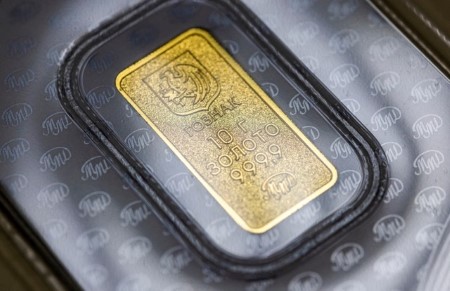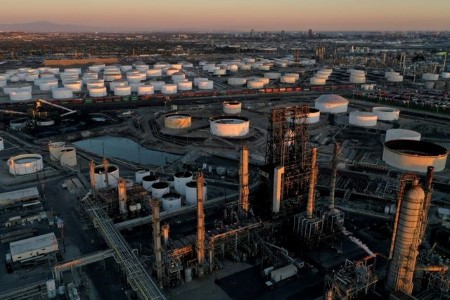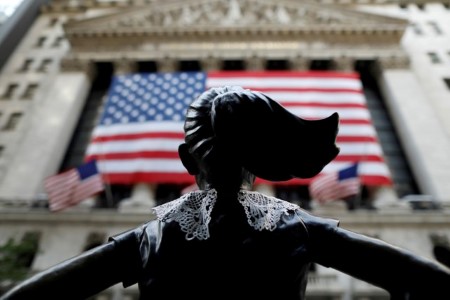So much for ‘bad news is bad news’.
After struggling for days to take advantage of tumbling US bond yields, pushed lower by increasingly gloomy signals on the US growth outlook, Wall Street snapped back on Wednesday, surging over 1% and pushing the S&P 500 and Nasdaq to new highs.
Nvidia is a USD 3 trillion company, US futures are pointing to another rally at the open on Thursday and volatility is sinking. Bad news – and there was another dose of it on Wednesday in the form of soft private sector job growth – no longer seems to be bad news.
That’s the backdrop to the Asian open on Thursday, and it is worth highlighting because the drip feed of soft US economic data recently had begun to cast an increasingly dark shadow over markets and sour investor sentiment.
Throw in this week’s political and market volatility from the general elections in India, Mexico and South Africa, and the strength of Wednesday’s rally is perhaps doubly surprising.
That said, a much stronger-than-expected reading on Wednesday of US service sector activity in May can be seen as ‘good news’. But if equity investors seized on that, why did bond yields fall across the curve?
To be sure, the global interest rate picture is looking more risk-friendly. The Bank of Canada cut rates on Wednesday and the European Central Bank is expected to do so on Thursday.
The 2-year US Treasury yield has fallen more than 25 basis points in the last week, and is now down five days in a row – its longest stretch of down days this year. The 10-year yield is down 35 basis points in five days.
The Asian economy on Thursday sees the release of unemployment data from the Philippines, trade and housing market figures data from Australia, the latest reading of inflation from Taiwan, and Chinese trade data for May.
China’s trade data will be closely watched for signs that activity is picking up after months of disappointing numbers. Exports are seen rebounding strongly, rising 6.0% year-on-year, but import growth is expected to halve to 4.2%.
The combination of a powerful rally on Wall Street, falling volatility, lower bond yields and a fairly steady dollar should be a positive one for investors in Asia on Thursday.
Indian stocks jumped more than 3% on Wednesday, recovering half of Tuesday’s slump. The NSE Nifty 50 index and S&P BSE Sensex are now higher than they were on Friday, before the volatility sparked by the election exit polls and final results.
Japanese equities, meanwhile, look set to bounce back from two down days in row after the yen on Wednesday registered its biggest fall against the dollar in over a month.
Here are key developments that could provide more direction to markets on Thursday:
– China trade (May)
– Australia trade (April)
– Taiwan inflation (May)
(Reporting by Jamie McGeever; Editing by Josie Kao)







 DOWNLOAD
DOWNLOAD













